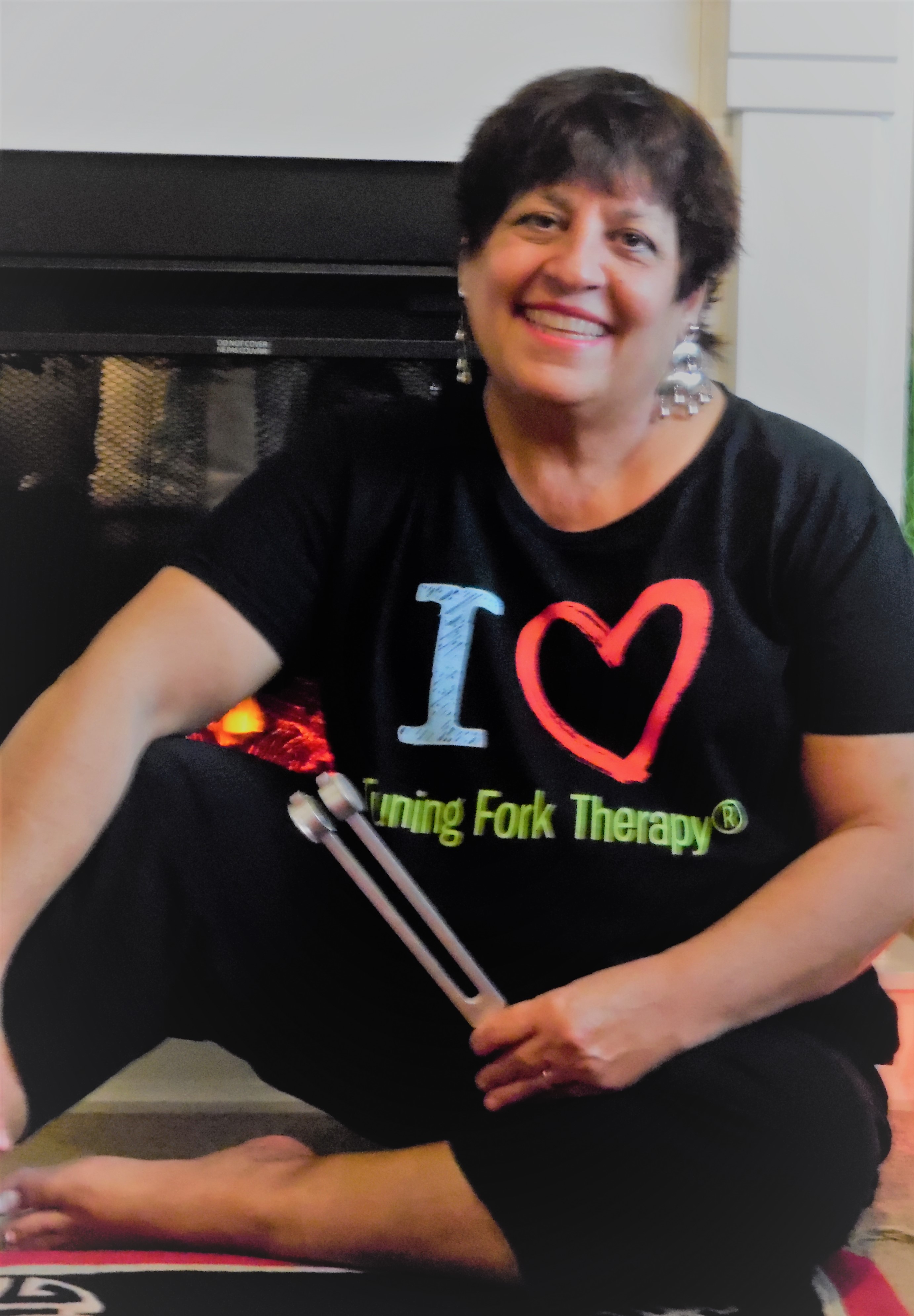

Next time you go see a doctor, you may have tuning fork used on you.įor more information on Tuning forks, click here. It can used for several healing and evaluation practices including: Rinne tests, X-rays and sound therapy. The tuning fork is a great and non-invasive healing tool. Orthopedic surgeons have explored using a tuning fork (lowest frequency C128) to assess injuries where bone fracture is suspected. Using a tuning fork for sound therapy is one of the best techniques to achieve total relaxation. The soundwaves the fork produces restores the balance in the body’s chakras, keeping the muscles, nervous system and organs in perfect harmony. Tuning forks can also provide sound therapy which helps induce a deeper state of relaxation. Doctors do this by simply striking a tuning fork and placing the vibrating fork close to the affected area. If X-rays are in short supply, doctors will use tuning forks to identify whether a bone is fractured or not. In addition to hearing loss, the tuning fork can be used to evaluate a wide range of other health problems. If the patient feels the fork more through the jaw than they can hear it through the ear there is a problem conducting soundwaves. Using a stopwatch, the doctor will time how long the patient can hear it by the skull and the ear. The doctor will then place the fork near the patient’s ear. The Rinne test involves a doctor placing a humming tuning fork near the patient’s skull. Testing for hearing loss with a tuning fork is called a Rinne test. In the medical profession, tuning forks remain a preferred method of testing for certain types of hearing loss. This same wave pattern can also be used in medical situations. Tuning forks work by releasing a perfect wave pattern to match a musician’s instrument. Traditionally, this tool has been used to tune musical instruments. For those who are unaware, a tuning fork is a two-pronged metal fork that can be used as an acoustic resonator. Below is a video that was taken during our TTEMS course where we teach this technique along with many more for medics working in austere and resource-limited locations.Have you ever used a tuning fork? This tool is a very versatile instrument that can be used for many different healing processes. This is a video demonstrating the procedure. If you don’t want to carry one in your ruck then at least have one in your truck medical kit or in your clinic. Make sure that you have a 128 Hz tuning fork in your medkit. The Wilderness Medical Society used the vibrations of a mobile phone along with a stethoscope to assess for fractures with an 83% success rate. The 128 Hz works better than any other frequency. Dr Moore found 81% accuracy in his study. According to Jones et al, this technique was 80% successful in finding neck of the femur fractures. Perhaps I am a bit of a wimp, but I had a 3/10 pain fibula avulsion fracture turn into 7/10 pain when the tuning fork was over the fracture site. With my own fractures, I felt a major increase in pain. The 128 Hz frequency will cause the bone fragments to vibrate against each other and cause an increase in pain. Compare your findings with the uninjured side. This gives a rough estimate of where your fracture is. Once you have moved your tuning fork between the fracture and your stethoscope, the sound will increase.


For major fractures, the sound will decrease when your stethoscope and your fork are on opposite sides of the fracture. Starting at the distal end of the bone, move your tuning fork proximally towards your stethoscope. Hold your stethoscope on one end of the bone and then hit the fork on the meaty part of your leg to get it vibrating. Use a 128 Hz tuning fork and your stethoscope. Over the years, I have assessed my broken ankles and many other broken bones by using a 128 Hz tuning fork. My ankles are now made of glass and they seem to twist and break in a stiff breeze. Over the years, I have fractured my ankles many times by jumping out of moving aircraft, by twisting my ankle the wrong way whilst patrolling with a large bergen, and once by dropping an 18-foot Marops boat on it.


 0 kommentar(er)
0 kommentar(er)
